A few years ago I went through a period where I was noticing a lot of neat-looking autumn leaves while walking to BYU campus from the parking lot. They were fascinating enough that I collected them, took them to a computer lab, and scanned them. Since Leann was taking a plant identification course at the time (or had recently finished one—I can't remember which), she was able to help me identify the trees that they came from. I then chose some of my favorites and uploaded them to Wikimedia Commons. This year I added a few more to the collection.
First, the leaves of years past:
This leaf comes from the American Sycamore (Platanus occidentalis). What made this leaf interesting to me was the clustering of dark brown dots around the veins of the leaf.
This leaf, from a Rocky Mountain Maple (Acer glabrum), has those same dark brown dots, but this time they're distal to the veins. And its colors are much more vibrant.
Norway Maple (Acer platanoides) leaves have a unique pattern where the tips turn red, the center turns yellow, and there is a thin green interface between the two colors.
The Shandong Maple (Acer truncatum) has a much more gradual change in colors from yellow to red.
European Beech (Fagus sylvatica) leaves follow a pattern similar to that of the Norway Maple.
The leaves of the Ginkgo (Ginkgo biloba) have a rather average coloration (straight yellow), but they're so flat that it's fascinating to see the yellow film that fallen Ginkgo leaves form on the ground.
First, the leaves of years past:
This leaf comes from the American Sycamore (Platanus occidentalis). What made this leaf interesting to me was the clustering of dark brown dots around the veins of the leaf.
This leaf, from a Rocky Mountain Maple (Acer glabrum), has those same dark brown dots, but this time they're distal to the veins. And its colors are much more vibrant.
Norway Maple (Acer platanoides) leaves have a unique pattern where the tips turn red, the center turns yellow, and there is a thin green interface between the two colors.
The Shandong Maple (Acer truncatum) has a much more gradual change in colors from yellow to red.
European Beech (Fagus sylvatica) leaves follow a pattern similar to that of the Norway Maple.
The leaves of the Ginkgo (Ginkgo biloba) have a rather average coloration (straight yellow), but they're so flat that it's fascinating to see the yellow film that fallen Ginkgo leaves form on the ground.
The leaves of the Red Oak (Quercus rubra) quickly turn straight brown. They also acquire the black dots between the veins, like the Rocky Mountain Maple, but not so abundantly.
Gambel Oak (Quercus gambelii; locally known as Scrub Oak) leaves also quickly turn brown. But the leaves stay waxy, so they don't curl up or crack like many other autumn leaves.
The leaves of the White Oak (Quercus albus) have a three-color pattern, similar to the Norway Maple and the European Beech. But unlike leaves of those two trees, these leaves have a yellow interface between the red tips and the rest of the leaf, which is green.
The leaves of the similarly-named Swamp White Oak (Quercus bicolor) also have the red-yellow-green pattern, but the edge of the leaf is more scalloped than lobed and the yellow is more dominant.
Now, the new collection, which I've also contributed to Wikimedia Commons:
The Silver Maple (Acer saccharinum) leaves turned red, but the veins were still greenish.
The leaves of the Horse Chestnut (Aesculus hippocastanum) just slowly turn brown. And it was quite difficult to find one intact—the leaves usually curl up as they turn brown.
This next one comes from a tree that puzzled me for a long time. The leaves bear some resemblance to maples. But it has a bizarre-looking seed pod [1] that made me think it might be some type of sycamore. Eventually I figured out what it was: a Sweet Gum (Liquidambar styraciflua). Like the Silver Maple leaf, it turns red, leaving the veins green.
This second also had me thinking it was some type of maple at first. But Leann helped me figure out that it's really from a Tulip Tree (Liriodendron tulipifera). It turned yellow and then individual cells began dying and turning brown.
I also found these little guys which have a nice pattern of reddish brown spreading across them. Unfortunately none of them are intact—each should consist of three leaflets; the two on the sides are each missing one leaflet and the one in the middle is missing two. Leann and I were unable to positively identify these guys, so they're not going to Wikimedia Commons. My best guess, though, is skunkbush sumac (Rhus trilobata).
Notes:
[1] See here.
Image attributions:
Autumn American Sycamore Leaf is by Ninjatacoshell, available at http://commons.wikimedia.org/wiki/File:Autumn American Sycamore Leaf.jpg.
Autumn European Beech Leaf is by Ninjatacoshell, available at http://commons.wikimedia.org/wiki/File:Autumn European Beech Leaf.jpg.
Autumn Gambel Oak Leaf is by Ninjatacoshell, available at http://commons.wikimedia.org/wiki/File:Autumn Gambel Oak Leaf.jpg.
Autumn Ginkgo Leaf is by Ninjatacoshell, available at http://commons.wikimedia.org/wiki/File:Autumn Ginkgo Leaf.jpg.
Autumn Horse Chestnut Leaf is by Ninjatacoshell, available at http://commons.wikimedia.org/wiki/File:Autumn Horse Chestnut Leaf.jpg.
Autumn Norway Maple Leaf is by Ninjatacoshell, available at http://commons.wikimedia.org/wiki/File:Autumn Norway Maple Leaf.jpg.
Autumn Red Oak Leaf is by Ninjatacoshell, available at http://commons.wikimedia.org/wiki/File:Autumn Red Oak Leaf.jpg.
Autumn Rocky Mountain Maple Leaf is by Ninjatacoshell, available at http://commons.wikimedia.org/wiki/File:Autumn Rocky Mountain Maple Leaf.jpg.
Autumn Shandong Maple Leaf is by Ninjatacoshell, available at http://commons.wikimedia.org/wiki/File:Autumn Shandong Maple Leaf.jpg.
Autumn Silver Maple Leaf is by Ninjatacoshell, available at http://commons.wikimedia.org/wiki/File:Autumn Silver Maple Leaf.jpg.
Autumn Swamp White Oak Leaf is by Ninjatacoshell, available at http://commons.wikimedia.org/wiki/File:Autumn Swamp White Oak Leaf.jpg.
Autumn Sweet Gum Leaf is by Ninjatacoshell, available at http://commons.wikimedia.org/wiki/File:Autumn Sweet Gum Leaf.jpg.
Autumn Tulip Tree Leaf is by Ninjatacoshell, available at http://commons.wikimedia.org/wiki/File:Autumn Tulip Tree Leaf.jpg.
Autumn White Oak Leaf is by Ninjatacoshell, available at http://commons.wikimedia.org/wiki/File:Autumn White Oak Leaf.jpg.

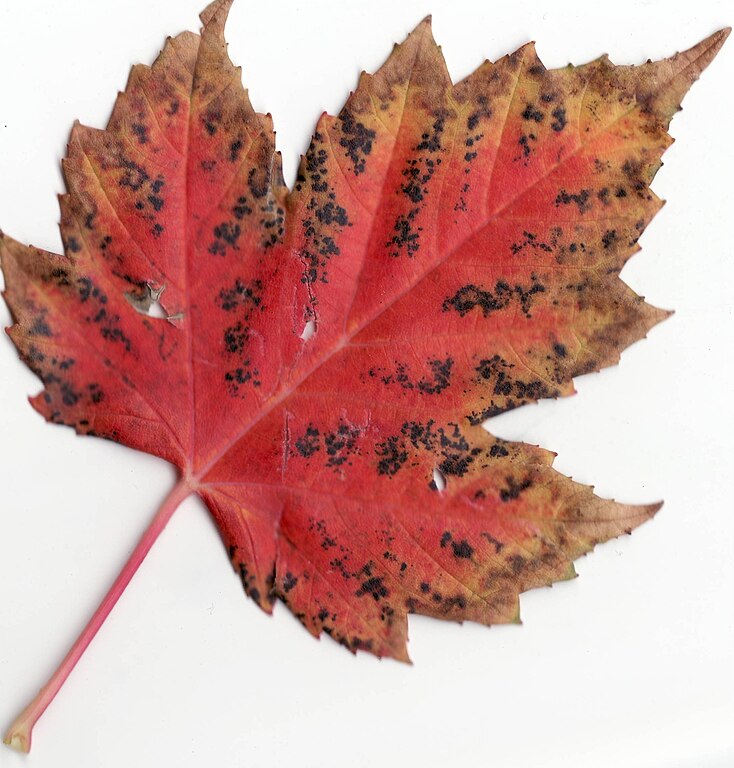
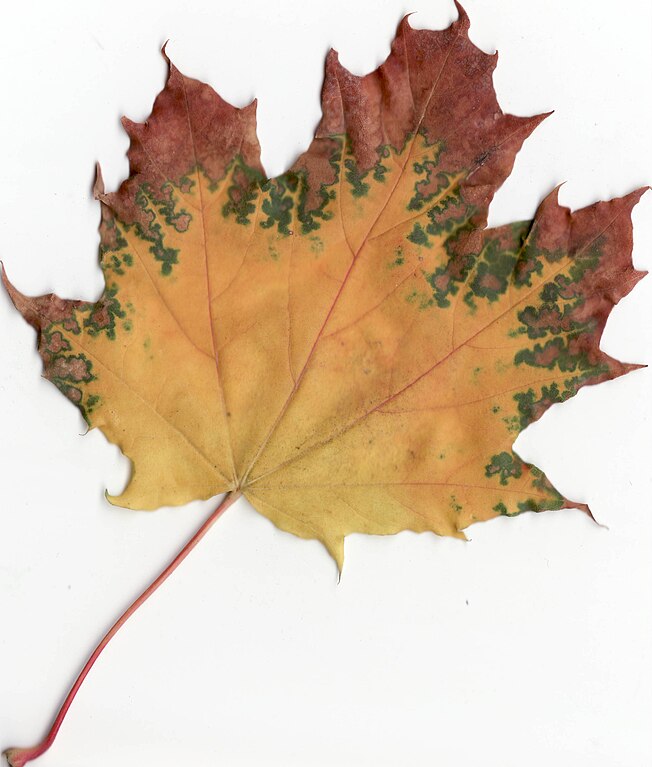
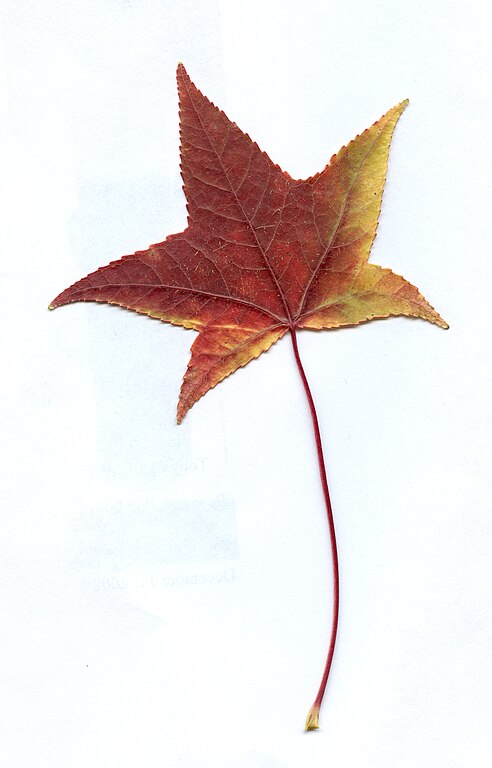

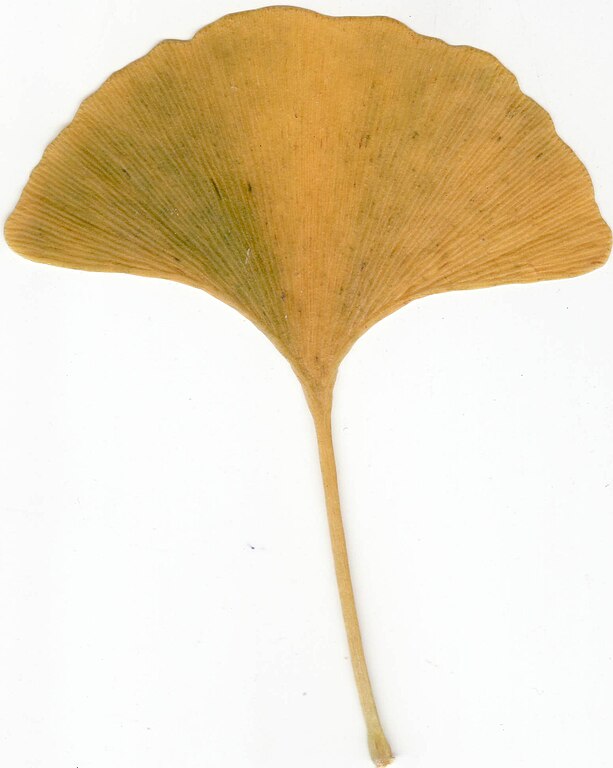


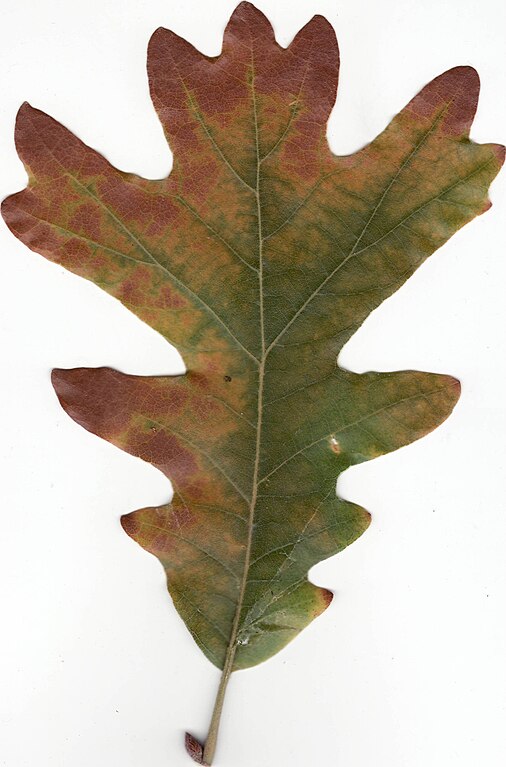
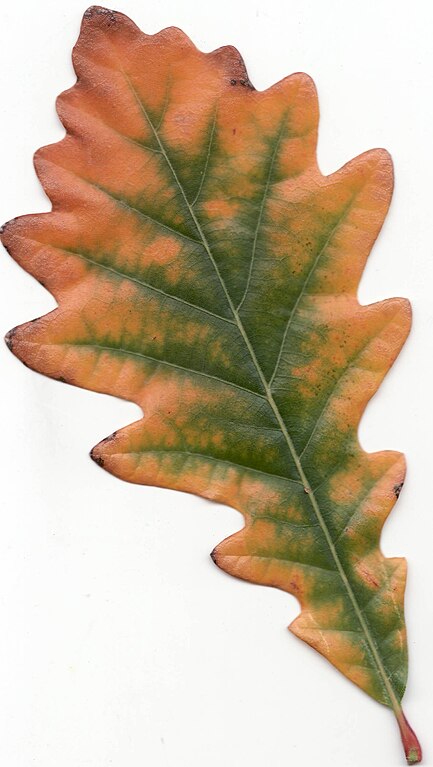

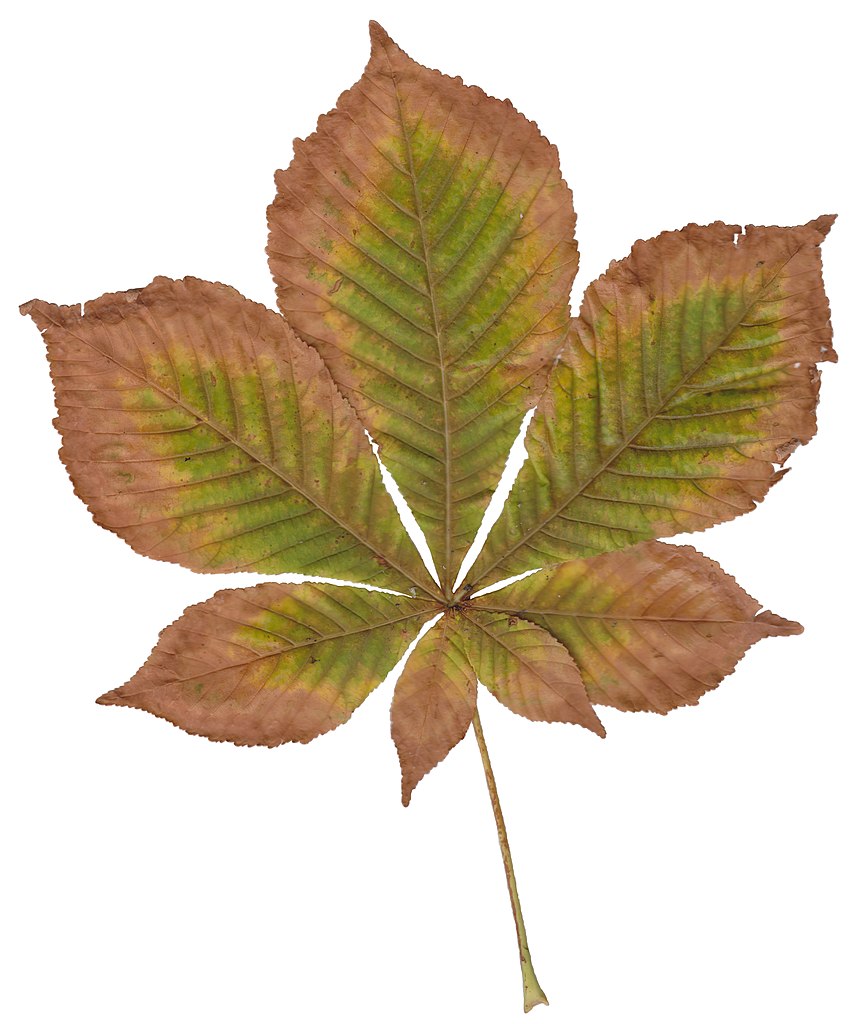
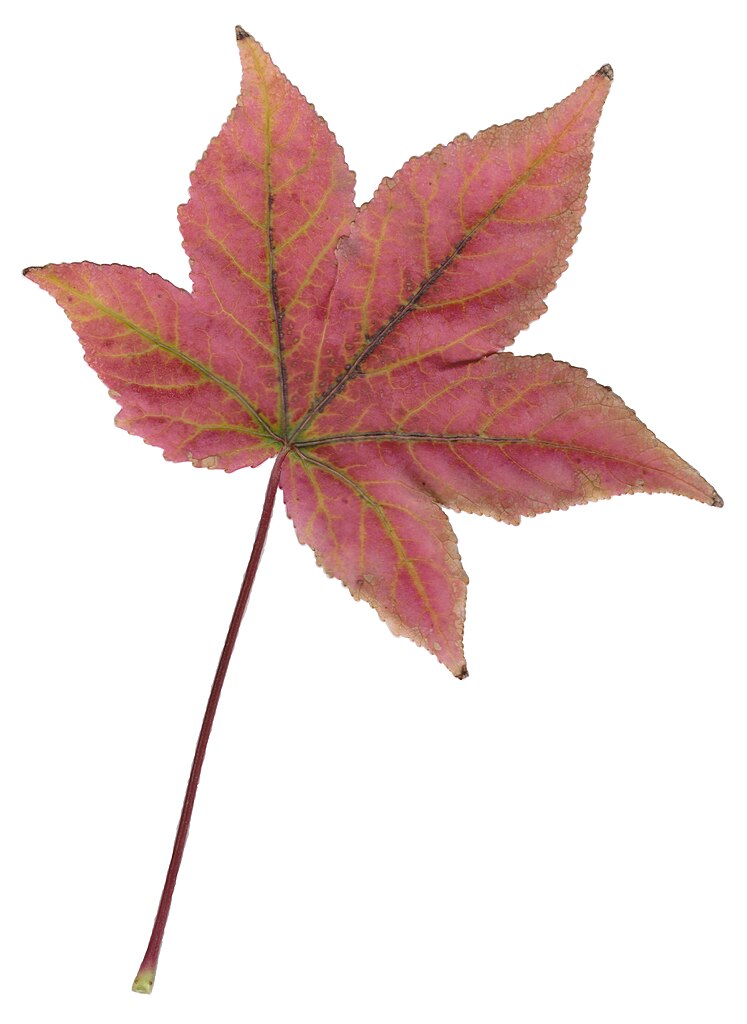


No comments:
Post a Comment